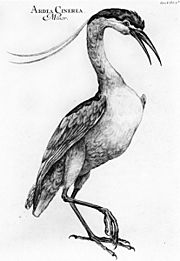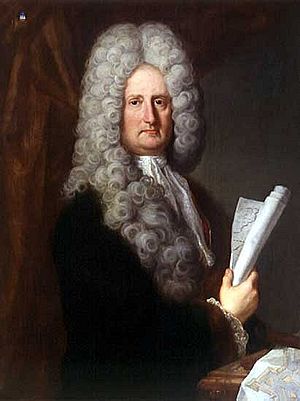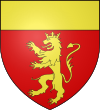Luigi Ferdinando Marsili facts for kids
Luigi Ferdinando Marsigli (born July 10, 1658 – died November 1, 1730) was an amazing Italian scientist and explorer. He was also a soldier and a diplomat. He is known for his important work in understanding nature and for creating a special science institute.
Contents
About Luigi Ferdinando Marsigli
Early Life and Education

Luigi Ferdinando Marsigli was born in Bologna, Italy. His family was very old and important. He received a great education because of his noble background. He loved to read and learn. He studied mathematics, anatomy, and natural history with the best teachers in Bologna. He also learned a lot by observing the world around him.
After finishing his studies, he traveled to Asia Minor (which is part of modern-day Turkey). There, he gathered information about the Ottoman Empire's army. He also studied the plants, animals, and natural features of the region.
Soldier and Explorer
When he returned, Marsigli joined the army of Emperor Leopold in 1682. He fought bravely against the Turks. During one battle, he was hurt and captured. He was sold to a Turkish leader, but he was set free in 1684.
He then rejoined the Imperial Army. Marsigli was a very skilled military engineer. He helped the army win the important siege of Buda in 1686. He continued to help in the wars to free lands from the Turks.
After a peace treaty was signed, Marsigli was asked to map the border between the Habsburg Empire and the Ottoman Empire. This border was about 850 kilometers long! It included parts of what are now Croatia, Serbia, and Romania.
His Great Scientific Work
Marsigli spent twenty years in Hungary. During this time, he collected a huge amount of scientific information. He gathered plant and animal samples, old artifacts, and took many measurements. All this work was for his big project about the Danube River. He had help from Dr. Johann Christoph Müller, who prepared his writings for printing.
Marsigli's work was very well-received in England. He became a member of the Royal Society in 1691. This was a great honor for a scientist.

During the War of the Spanish Succession, Marsigli was second-in-command at a fortress called Breisach. The fortress was surrendered in 1703. His commander faced severe consequences. Marsigli himself lost his titles and honors from the Emperor. Even though his appeals to the Emperor didn't work, many people believed he was innocent.
Founding an Institute
After leaving the army, Marsigli traveled a lot. He visited Switzerland and France. He spent a long time in Marseilles, studying the sea. He drew maps, watched the stars, measured rivers, and studied plants, animals, mines, and fossils. He collected all sorts of things: specimens, tools, models, and ancient objects.
Finally, he returned to Bologna. In 1712, he gave his entire collection to the University of Bologna. There, he founded his "Institute of Sciences and Arts". It officially opened in 1715. Six professors were put in charge of different parts of the institute.
He also set up a printing house. It had the best type sets for printing in Latin, Greek, Hebrew, and Arabic. This helped spread knowledge.
Marsigli's most important work about the Danube River was published in 1726. It took twenty years to finish! His book about oceans, published in 1725, led many to call him the father of modern oceanography.
In 1727, he added materials from East India to his collections. He had gathered these items in England and Holland. Marsigli was also a member of the Paris Academy of Sciences, the Royal Society of London, and an academy in Montpellier.
Major Works
Luigi Ferdinando Marsigli wrote more than twenty books and papers! Here are some of his most important ones:
- Osservazioni interne al Bosforo Tracio (Rome, 1681) – This book was about the Bosphorus Strait.
- Histoire physique de la mer (Amsterdam, 1725) – This work is about the physical nature of the sea.
- Danubius Pannonico-Mysicus (The Hague, 1726) – This is a huge, richly illustrated work in six volumes. It contains a lot of valuable historical and scientific information about the Danube River.
- L'Etat militaire de l'empire ottoman (Amsterdam, 1732) – This book describes the military of the Ottoman Empire.




